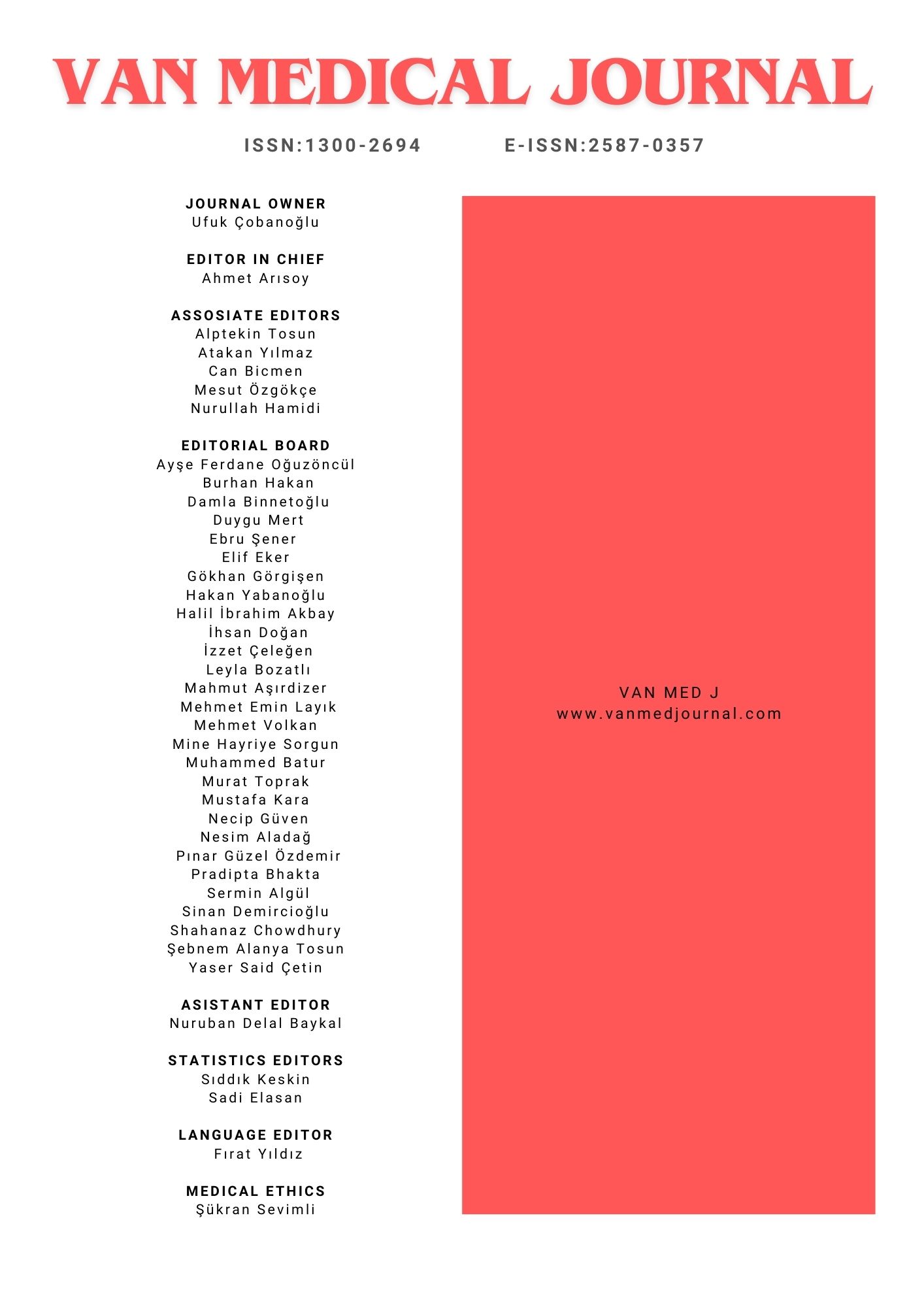Evaluation of the Therapeutic Efficacy of Herbal Mixture, Cystolyberin, on E.coli J96-induced Bacterial Cystitis in Rats
Serhat Yentur, İbrahim Ogulcan Canitez, Aykut Colakerol, Mustafa Zafer Temiz, Muhammet Murat Dincer, Ismail Engin KandiraliBagcilar Research and Training Hospital, Urology Clinic, Istanbul, TurkiyeINTRODUCTION: This study aimed to evaluate the effects of the herbal compound, Cystolyberin, on the treatment of bacterial cystitis in a rat model.
METHODS: Twenty-eight male Sprague-Dawley rats were divided into four groups. Group 1 was the sham group, Group 2 served as the control, Group 3 received a short course of Cystolyberin, and Group 4 received an extended course. Bladder tissues and urine samples were collected after treatment. Urine culture results and histopathological findings were compared between the groups to assess the therapeutic effects of Cystolyberin.
RESULTS: Urine cultures showed no E. coli in Groups 1 and 4, while 100% of Group 2 and 42.86% of Group 3 had persistent infection (p = 0.001). Histopathological analysis revealed a significant reduction in bladder inflammation in Group 4 compared to Group 2 (p = 0.004). Additionally, there was a significant difference in lamina propria thickness across the groups (p = 0.025). No significant differences were found for edema (p = 0.208), vascular congestion (p = 0.15), epithelial modification (p = 0.272), urothelial integrity (p = 0.106), or lymphocyte presence (p = 0.252).
DISCUSSION AND CONCLUSION: : A 14-day course of Cystolyberin led to the eradication of E. coli in the rat model, demonstrating its potential as a treatment for bacterial cystitis. Further studies are needed to confirm these findings.
Keywords: Medicine, Herbal, Cystitis, Escherichia coli, Experimental Model
Manuscript Language: English

